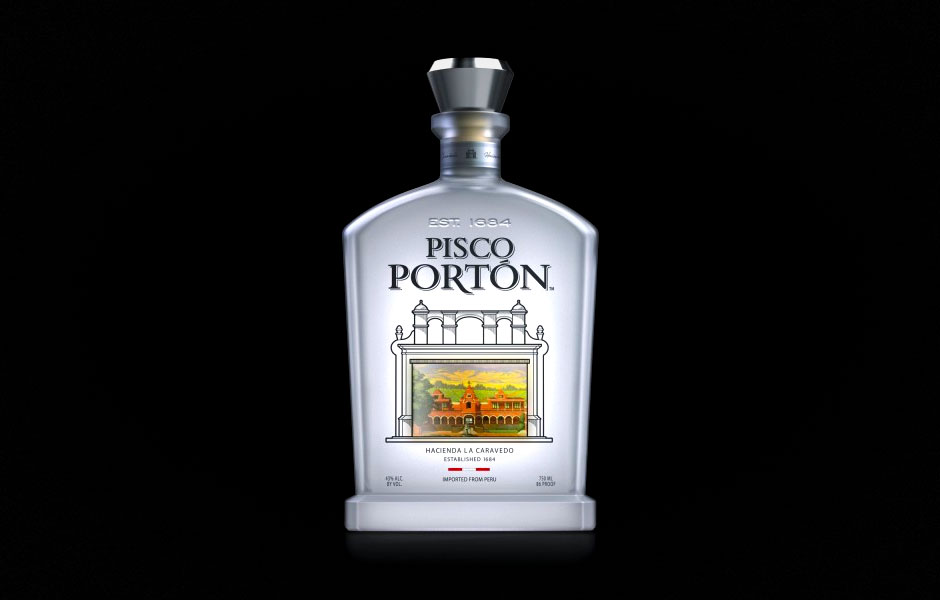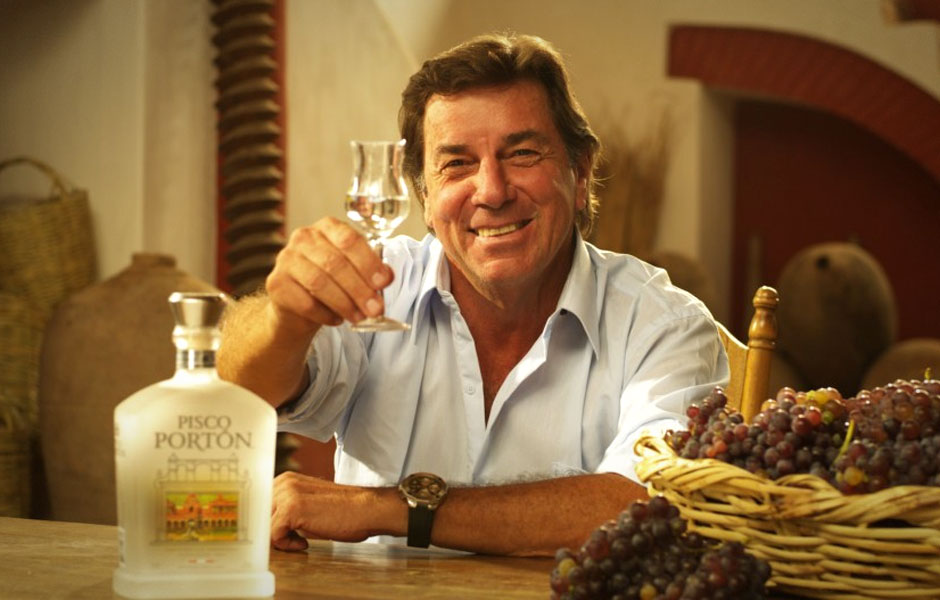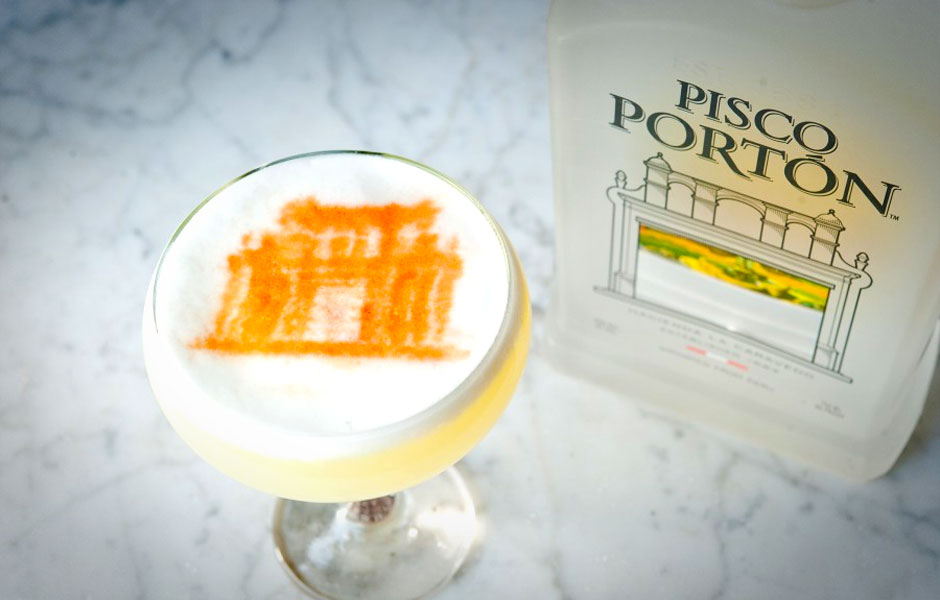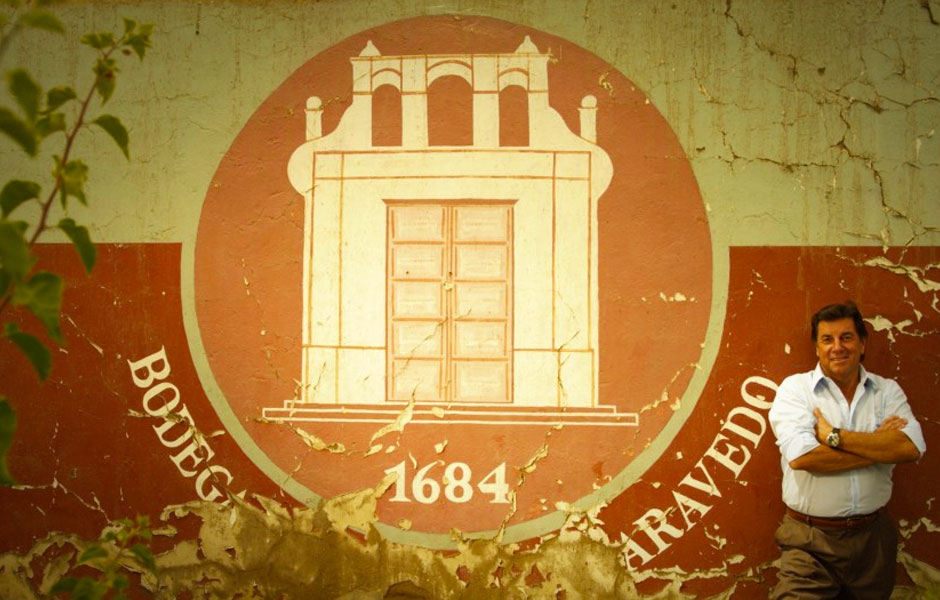When settling in at your local bar, you may have noticed a new ingredient on the drink list: pisco. What is pisco, you ask? It is a grape-based, distilled Peruvian liquor that has been around since the 17th century. The liquor was very popular in the United States during the 19th century, especially in San Francisco where the Pisco Punch was all the rage. However, during and after Prohibition the liquor fell out of flavor. But it is back now. Whether it is sipped on its own or part of increasingly popular cocktails such as the Pisco Sour, Peru’s finest spirit is well on it’s way into the consciousness of discerning minds in the bar and cocktail lounge industry.
One of the leading brands of this pisco resurgence is Portón. Founded by multitalented entrepreneur Brent Kallop and overseen by master distiller Johnny Schuler, Portón has become the best selling, ultra-premium brand of pisco in the United States over the past several years. Schuller is an integral part of Portón’s creation from the harvesting of grapes grown in the foothills of the Andes Mountains, to the distilling and bottling processes, which takes place at the Hacienda la Caravedo in Inca, Peru—the oldest distillery in the Americas.
Portón is classified as a mosto verde pisco, which means that is made from a blend of grape varietals that have not been completely fermented. Mosto Verde piscos are viewed as the highest grade of the Peruvian spirit. Portón is comprised of a blend of Quebranta, Torontel and Alibilla grapes that, once partially fermented and distilled create floral and fruity tasting notes with hints of grassy herbs and just the slightest touch of white pepper.
We at The Manual have been enjoying Portón since the dog days of this past summer. Our full-fledged recommendation is to get a group of friends together, buy a bottle of Portón and mix it over ice with ginger beer and muddled lime. It is a simple cocktail, but your knowledge of cutting edge spirits will impress your friends and the flavors will leave your taste buds satisfied.
Now, go forth and try Portón pisco to your heart’s content, secure in the knowledge that The Manual has your back in all matters drink related.






